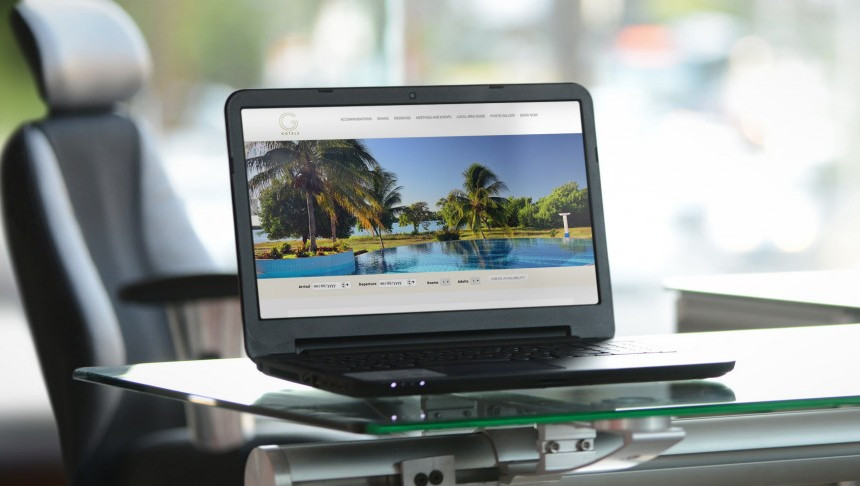It’s back to school time, and back to school reminds me of getting back to the basics. So, we thought we’d start the fall with a “back to the basics” refresher series on analytics. To accomplish this, Natalie and I have teamed up for the first time! We at the Analytic Hospitality Executive have been encouraged by seeing hotels increasingly embracing advanced analytics over the past few years, but the downside of this trend is that the resulting noise in the market as more players enter the fray, and more hoteliers talk about their initiatives has muddied the waters a bit in an area that is already quite complex. In this, part one of the series, Natalie and I will give insights into the types of analytics that could be used by a hospitality organization.
As competitive pressures increase, hospitality executives struggle to achieve balance between maintaining a memorable guest experience and meeting revenue and profit obligations. Err too much on the side of guest experience by, for example, giving away too many amenities, and profits suffer. Focus too much on costs, like cutting front desk agents, creating long waits at check in, and the guest experience is damaged. Analytics can help strike a balance between these two critical goals.
Before we talk about analytics, it’s important to acknowledge that good analytics start with good data. Over the summer we wrote about opportunities in data acquisition and data management. It is crucial that the team has a solid understanding of what data you have, and what that data represents. Starting with a single source of the truth, when it comes to the key metrics that the organization relies on, will save time and increase accuracy. As we pointed out a few weeks ago, you don’t have to wait for big data, start with what you have and work from there.
Analytics Explained
Analytics are broadly categorized into two main groups, descriptive and predictive. Descriptive analytics are what’s known as business intelligence. These analytics describe what is happening in the data through metrics like percentages or averages, typically displayed in static reports or dashboards. Descriptive analytics answer questions like “how many, where?” or “what happened?” Since most hospitality organizations struggle to even access data, the capability to access descriptive analytics, slice and dice and drill down can seem like a revelation (and to a certain extent it is), but it still is only providing a snapshot of what happened in the past.
Predictive analytics help to anticipate trends and foresee opportunities. Predictive analytics use historical data to predict the future, answering questions like, “what if these trends continue”, “why is this happening” and “what’s the best that can happen”. These analytics allow managers to proactively plan for the future, hedging against risk and taking advantage of opportunities. Managers react to descriptive analytics. Predictive analytics move the organization from reactive decision making to proactive decision making.
There are several categories of predictive analytics. We will first define these categories and then describe how different functions in the hotel can apply them:
- Statistical modeling: Statistical modeling helps you understand “why” trends in your data are happening by identifying which factors have a relationship with each other and how much they influence key measures. Correlation, hypotheses testing and regression are common statistical techniques that you may be familiar with. Statistical modeling is all about identifying and understanding relationships.
Read full article at: SAS




